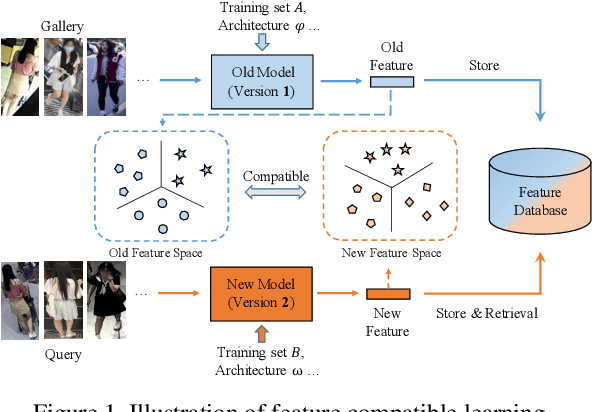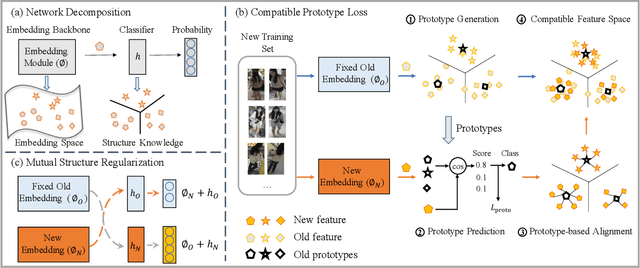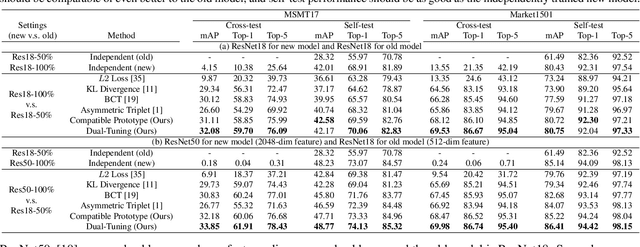Jile Jiao
MotionGPT-2: A General-Purpose Motion-Language Model for Motion Generation and Understanding
Oct 29, 2024



Abstract:Generating lifelike human motions from descriptive texts has experienced remarkable research focus in the recent years, propelled by the emerging requirements of digital humans.Despite impressive advances, existing approaches are often constrained by limited control modalities, task specificity, and focus solely on body motion representations.In this paper, we present MotionGPT-2, a unified Large Motion-Language Model (LMLM) that addresses these limitations. MotionGPT-2 accommodates multiple motion-relevant tasks and supporting multimodal control conditions through pre-trained Large Language Models (LLMs). It quantizes multimodal inputs-such as text and single-frame poses-into discrete, LLM-interpretable tokens, seamlessly integrating them into the LLM's vocabulary. These tokens are then organized into unified prompts, guiding the LLM to generate motion outputs through a pretraining-then-finetuning paradigm. We also show that the proposed MotionGPT-2 is highly adaptable to the challenging 3D holistic motion generation task, enabled by the innovative motion discretization framework, Part-Aware VQVAE, which ensures fine-grained representations of body and hand movements. Extensive experiments and visualizations validate the effectiveness of our method, demonstrating the adaptability of MotionGPT-2 across motion generation, motion captioning, and generalized motion completion tasks.
Holistic-Motion2D: Scalable Whole-body Human Motion Generation in 2D Space
Jun 17, 2024



Abstract:In this paper, we introduce a novel path to $\textit{general}$ human motion generation by focusing on 2D space. Traditional methods have primarily generated human motions in 3D, which, while detailed and realistic, are often limited by the scope of available 3D motion data in terms of both the size and the diversity. To address these limitations, we exploit extensive availability of 2D motion data. We present $\textbf{Holistic-Motion2D}$, the first comprehensive and large-scale benchmark for 2D whole-body motion generation, which includes over 1M in-the-wild motion sequences, each paired with high-quality whole-body/partial pose annotations and textual descriptions. Notably, Holistic-Motion2D is ten times larger than the previously largest 3D motion dataset. We also introduce a baseline method, featuring innovative $\textit{whole-body part-aware attention}$ and $\textit{confidence-aware modeling}$ techniques, tailored for 2D $\underline{\text T}$ext-driv$\underline{\text{EN}}$ whole-bo$\underline{\text D}$y motion gen$\underline{\text{ER}}$ation, namely $\textbf{Tender}$. Extensive experiments demonstrate the effectiveness of $\textbf{Holistic-Motion2D}$ and $\textbf{Tender}$ in generating expressive, diverse, and realistic human motions. We also highlight the utility of 2D motion for various downstream applications and its potential for lifting to 3D motion. The page link is: https://holistic-motion2d.github.io.
Dual-Tuning: Joint Prototype Transfer and Structure Regularization for Compatible Feature Learning
Aug 06, 2021



Abstract:Visual retrieval system faces frequent model update and deployment. It is a heavy workload to re-extract features of the whole database every time.Feature compatibility enables the learned new visual features to be directly compared with the old features stored in the database. In this way, when updating the deployed model, we can bypass the inflexible and time-consuming feature re-extraction process. However, the old feature space that needs to be compatible is not ideal and faces the distribution discrepancy problem with the new space caused by different supervision losses. In this work, we propose a global optimization Dual-Tuning method to obtain feature compatibility against different networks and losses. A feature-level prototype loss is proposed to explicitly align two types of embedding features, by transferring global prototype information. Furthermore, we design a component-level mutual structural regularization to implicitly optimize the feature intrinsic structure. Experimental results on million-scale datasets demonstrate that our Dual-Tuning is able to obtain feature compatibility without sacrificing performance. (Our code will be avaliable at https://github.com/yanbai1993/Dual-Tuning)
 Add to Chrome
Add to Chrome Add to Firefox
Add to Firefox Add to Edge
Add to Edge